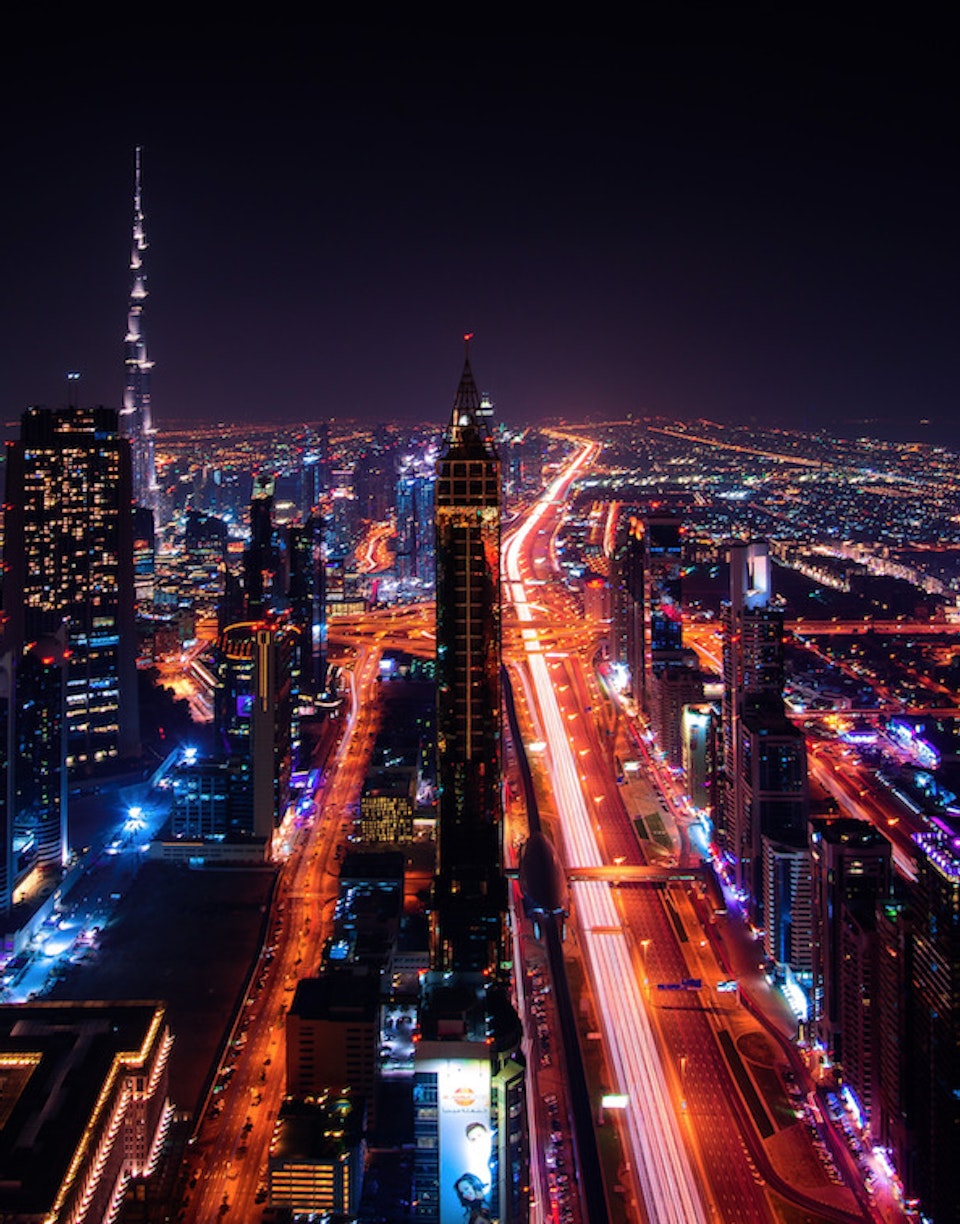Article
Smart cities: When intelligence drives urban development

It is estimated that the world population will increase by two billion people by 2050. Smart cities can be a solution for this demographic challenge
In this day and age, the words intelligence and technology tend to primarily be connected with using data and computers. However, this peculiar combination of an intangible component—intelligence—and a tangible element—technology—also applies to urban development in smart cities.
What is a smart city?
Although the smart city concept may seem like something new, it dates back thousands of years, when cultures like the Egyptians in Africa, the Romans in Europe and the Mexicans in America developed self-sufficient cities that were in harmony with their natural surroundings and the people who lived in them. Since then, something has happened with modernity and the technological and industrial revolution, thereby decreasing the efficiency and sustainability of those ancient cities. However, all is not lost.
According to the OECD (Organisation for Economic Cooperation and Development), the world population will increase by two billion people by 2050. This will pose a great challenge for society and for governments because unless drastic measures are taken, economic and demographic growth will have an unprecedented environmental and social impact. Considering that most of the population will be located in large cities, how can we face the challenges of this growth in such a way that ensures the harmony between our surroundings and sustainability? Everything seems to indicate that a smart city model may be the answer.
A smart city is viewed as a type of urban development in which the keystone is holistic sustainability in everyday life and evolution is able to harmoniously address the needs of residents on a personal level as well as in economic, operating, social and environmental terms. These types of cities are more than just a utopian idea. They already exist in New York, Madrid, Nairobi and Hong Kong, where technological advances are being used to improve the quality of life of residents through smarter services and infrastructures.
How is this intelligence currently achieved?
Of a smart city’s many keys to success, experts agree on a certain point: in order for a city to be classified as a smart city, it must optimize the use of its resources. This search for improved optimization is where this urban development paradigm has found a strong ally in the form of artificial intelligence, and the computing advances made this past decade have driven data-based decision making.
Artificial intelligence has made it possible to improve and optimize this new type of urban development design because it enables precise answers to questions such as: What is the best route for a new public transportation transit line? Where should a park for kids and a park for the elderly be built? What is the optimal way to supply drinking water to residents? What will be the environmental impact of population growth in the next 20 years? What areas of urban growth are most in harmony with their surroundings? It could take months or even years to answer these questions if the necessary calculations must be done manually. However, artificial intelligence and the power of modern computing provide governments, companies and civil society with tools that help answer these questions and make better decisions in less time.
What is the biggest challenge for these types of urban developments?
The ability to provide agile responses using artificial intelligence has a very important initial requirement, and even the most sophisticated algorithms and the most powerful computers are useless without it. We are talking about historical data. We can predict the future by analyzing past information. In other words, mathematics, probability, statistics and computing can be used to evaluate large amounts of data in a matter of hours or days.
The multiple scenarios for a city’s development can be shown from a holistic perspective so it may grow harmoniously for its residents and natural surroundings. Ultimately, protecting the surrounding area is what truly defines a smart city because it must be self-sufficient and address the needs of residents using local resources. This happens to be the biggest challenge for these types of urban developments.
Although there is still a long way to go before every city and town can be completely smart, progress must continue to be made in the best way possible through the alliance that the new urban paradigm has found in artificial intelligence.

